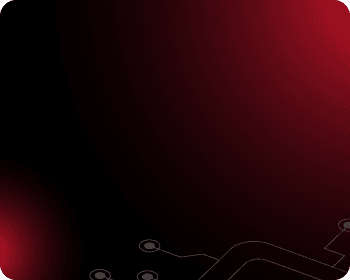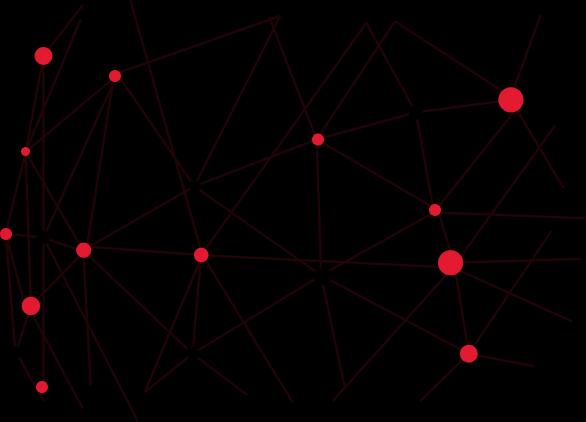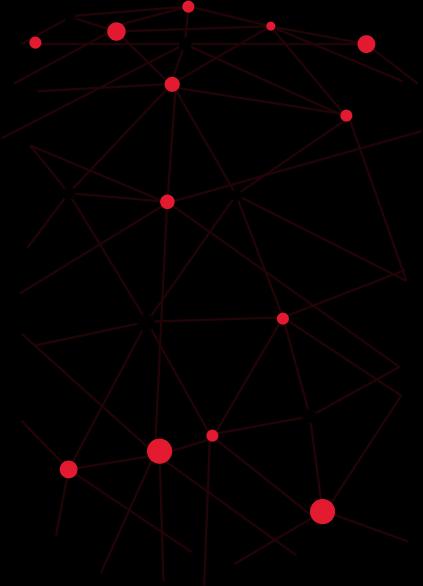
What is System Software? A Comprehensive Guide from A to Z
In the digital age, software is an indispensable component for operating electronic devices, ranging from computers and smartphones to large-scale systems in enterprises. Among them, system software serves as the "backbone" of every computer system, ensuring that all activities, from the simplest to the most complex, run smoothly and efficiently.
So, what is system software? How does it differ from application software that we use daily? In this article, Tokyo Tech Lab will guide you through a detailed understanding of the concept, functions, popular types of system software, and the differences between system software and application software. Let’s dive into the content and explore together!
I. What is System Software?
System software is a critical type of software designed to manage and coordinate the operations of computer hardware while providing a platform for application software to function efficiently. It is considered the "heart" of every computer system, enabling the connection and control of components such as the CPU, RAM, hard drives, and other peripheral devices. By managing resources, system software ensures that hardware and software work in harmony, optimizing the performance of the computer.

Some common examples of system software include operating systems like Windows, macOS, and Linux, which serve as the foundation for users to interact with computers. Additionally, software such as BIOS, firmware, and device drivers are also essential system software, ensuring connectivity and compatibility between hardware and software. Thanks to system software, modern computers can operate efficiently, securely, and in a user-friendly manner.
II. Common Types of System Software
System software is categorized into various types, each serving a specific role in managing and controlling computer systems. Below are the common types of system software and their main functions:
1. Operating Systems (OS)
Operating systems are the most important type of system software, often referred to as the "brain" of the computer. They act as a bridge between users, application software, and hardware. Operating systems are responsible for managing hardware resources, providing an environment for application software to operate, and offering a user-friendly interface to perform daily tasks.

Main roles of operating systems include:
- Managing and allocating resources such as the CPU, RAM, hard drives, and peripheral devices.
- Handling multitasking, enabling multiple programs to run simultaneously without conflict.
- Securing data and preventing unauthorized access.
- Providing a user-friendly interface (UI).
Popular operating systems today include:
- Windows: Suitable for personal and business users.
- macOS: Optimized for Apple products.
- Linux: An open-source operating system widely used in servers and software development
2. Utility Programs
Utility programs assist users in maintaining and optimizing the system, ensuring the computer operates stably and efficiently. Common functions of utility programs include:
- Cleaning and optimizing hard drives (e.g., Disk Cleanup, Defragmentation).
- Scanning and removing malware (e.g., Antivirus, Antimalware).
- Backing up and restoring data.

3. Device Drivers
Device drivers are small programs that play a crucial role in helping computer hardware communicate with the operating system and other software. Without device drivers, devices like mice, keyboards, headphones, printers, or graphics cards would not function correctly. Some common types of drivers include:
- Audio Drivers: Control speakers and headphones, ensuring the best sound quality.
- Graphics Drivers: Support smooth image and video display.
- Network Drivers: Connect computers to local networks or the Internet.

4. Middleware
Middleware is a layer of software between the operating system and applications, acting as a bridge to help systems, applications, or services communicate and interact smoothly. Middleware ensures compatibility and synchronization, while also managing data flows and complex tasks in multi-component systems. This type of software is often used to integrate enterprise applications, connect IoT devices, or process real-time data, enhancing system performance and scalability. Prominent examples of middleware include:
- Database Middleware: Handles access and management of databases, allowing applications to use data flexibly and efficiently.
- Application Middleware: Supports the integration of different applications within the same system, improving connectivity and operational efficiency.

Each type of system software has distinct functions, but together they ensure the computer operates effectively, safely, and stably. Understanding each type will help you maximize the efficiency of your computer system.
III. What Are the Key Functions of System Software?
System software plays a core role in operating and managing the entire computer system. It performs many essential functions to ensure smooth, stable, and secure system operations. Below are the main functions of system software:
1. Managing System Resources
System software is responsible for managing and allocating hardware resources such as the CPU, RAM, hard drives, and peripheral devices. This ensures that applications and processes running on the computer do not conflict over resources and operate efficiently.

2. Providing an Operating Environment for Application Software
One of the key functions of system software is to provide a platform for application software to operate. Acting as an intermediary, it facilitates communication between application software and hardware through protocols or device drivers. This ensures compatibility and synchronization between software and hardware, allowing tasks to be executed smoothly.
3. Controlling and Monitoring System Activities
System software continuously monitors the activities of processes within the system. It can detect and handle issues such as software errors, hardware malfunctions, or other technical problems. Additionally, it ensures that the system operates according to pre-configured settings and makes necessary adjustments to optimize performance.
For example, tools like Task Manager on Windows or Activity Monitor on macOS help users monitor and manage the performance of their computer systems.

4. Ensuring System Security and Protection
Another critical function of system software is protecting data and preventing unauthorized access. Operating systems and utility software often integrate security features such as firewalls, data encryption, and malware scanning.
Examples: Windows Defender and macOS Gatekeeper are built-in security solutions that protect systems from viruses and malware.
5. Optimizing System Performance
System software performs tasks like cleaning temporary files, defragmenting hard drives, and managing memory. These tasks ensure that the system operates smoothly and responds quickly to user requests.
Examples: Tools like Disk Cleanup on Windows or Optimize Storage on macOS help users clean and optimize storage space.

6. Facilitating User-Computer Interaction
System software provides interfaces that make it easy for users to interact with the computer. Graphical User Interfaces (GUI) or Command Line Interfaces (CLI) allow users to perform tasks such as managing files, installing applications, and adjusting system settings without requiring in-depth technical knowledge.
7. Managing Network Connections
System software is responsible for managing the system's network connections, including both local networks and the Internet. It supports the setup, maintenance, and optimization of these connections while managing data transmission protocols to ensure network speed and stability.
In summary, the functions of system software extend beyond merely operating a computer. They also ensure stability, security, and high performance. This foundational element enables the system to operate effectively, meeting user needs.
IV. How to Secure System Software Effectively?
Securing system software is crucial for ensuring the safety of the entire computer system, from personal data to applications and hardware resources. Below are effective measures to protect system software from threats and risks:
1. Regular Software Updates
Updating software is the most critical step to protect the system from security vulnerabilities. Developers continually release patches to fix exploitable flaws. Delaying updates can leave the system vulnerable to malware or network threats. Ensure that the operating system, device drivers, and other system software are configured for automatic updates or checked regularly to avoid missing critical upgrades.
2. Use Antivirus Software and Firewalls
Antivirus software and firewalls serve as the first line of defense against malware and cyberattacks. Antivirus software detects and removes malicious code before it harms the system, while firewalls act as barriers to prevent unauthorized access from untrusted sources. Choose reliable security software such as Norton, McAfee, or Kaspersky, and ensure they are always updated to counter new threats.

3. Use Trusted Software Only
Install software only from trusted sources, such as official vendors or verified app stores. Avoid downloading and installing software from unknown origins, as they may contain malicious code that can harm system software and the entire computer.
4. Perform Regular Data Backups and Recovery
Periodic data backups are the best way to minimize damage in case of a system attack or failure. Backup copies should be stored in multiple locations, including external hard drives and reputable cloud storage services such as Google Drive, Dropbox, or OneDrive. Regularly test the recoverability of data from backups to ensure readiness in the event of an incident.
By implementing these measures, users can maintain the integrity and security of their system software, ensuring stable and secure computer operations.
V. Differences Between System Software and Application Software
System software and application software are the two main types of software in a computer system, each with distinct roles, functions, and characteristics. Below are the fundamental differences to help you better understand these two types of software:
| Criteria | System Software | Application Software |
| Purpose | Designed to manage and operate the computer's hardware resources, providing a platform for other software to function. It works at the lowest level and continuously ensures smooth system operation. | Designed to serve specific user needs, such as word processing, email communication, or gaming. It relies on system software to operate. |
| Scope of Operation | Operates across the entire system, ensuring the computer runs stably. | Operates only when launched by the user and focuses on one or a few specific functions. |
| User Interaction | Does not interact directly with users. Operates in the background and provides interfaces or services for other software. | Interacts directly with users through a user interface. |
| Customization | Runs automatically when the computer starts, without user intervention. | Runs only when initiated by the user and requires specific user actions. |
| Importance | A core and mandatory component of any computer system. Without system software, the computer cannot function. | Optional software installed only when users require specific features or functionalities. |
VI. Conclusion
System software is a core component of any computer system, responsible for managing hardware resources and providing a foundation for application software to function. With its continuous and automatic operation, system software ensures that computer activities run smoothly, efficiently, and stably.
Understanding the role and operation of system software not only helps users maximize the performance of their devices but also aids in protecting and maintaining system stability. Additionally, implementing effective security measures is crucial to safeguard data and associated applications. We hope the above content proves helpful to you. Don’t forget to follow our blog for more insightful knowledge about information technology and the latest technology trends in the digital age!
SHARE THIS ARTICLE
Author
Huyen TrangSEO & Marketing at Tokyo Tech Lab
Hello! I'm Huyen Trang, a marketing expert in the IT field with over 5 years of experience. Through my professional knowledge and hands-on experience, I always strive to provide our readers with valuable information about the IT industry.
More Posts
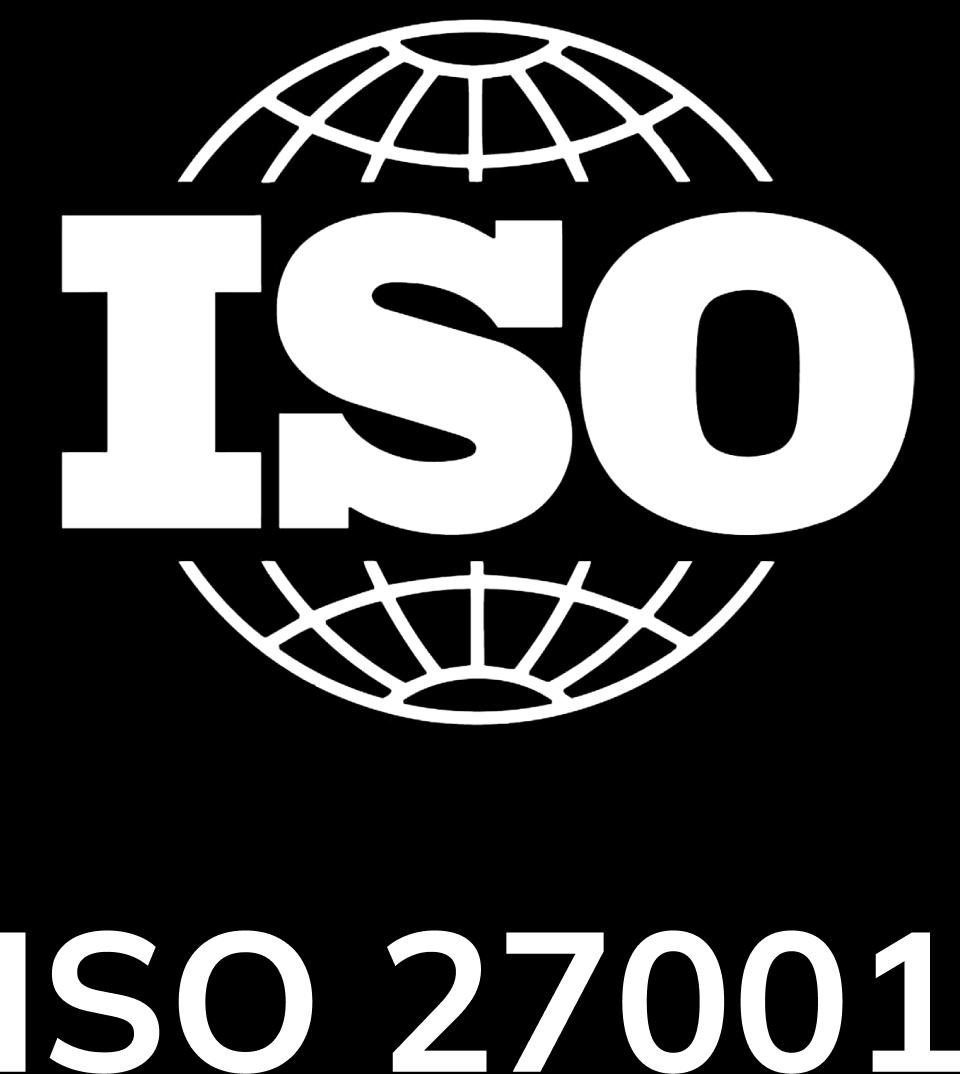
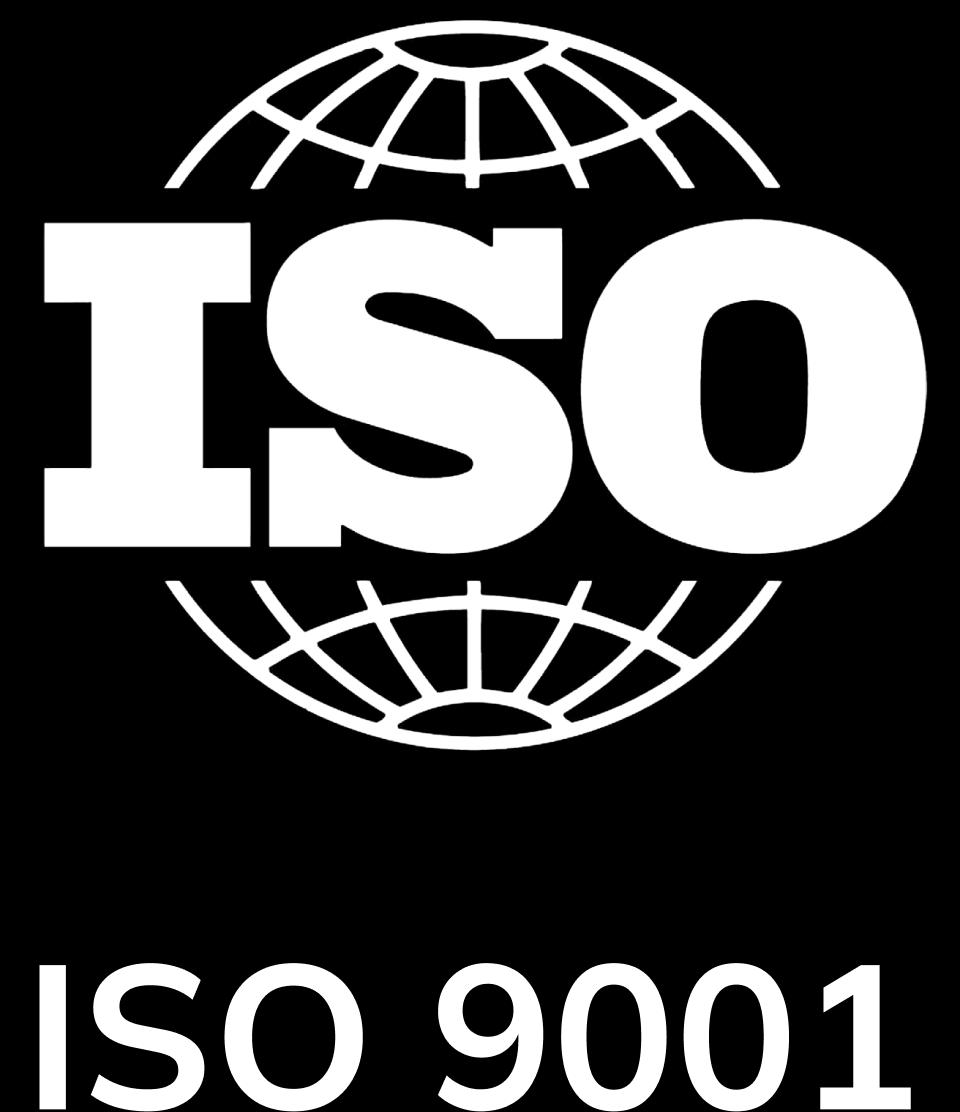
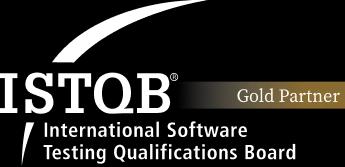
About Tokyo Tech Lab
Services and Solutions
Contact us
© 2023 Tokyo Tech Lab. All Rights Reserved.
